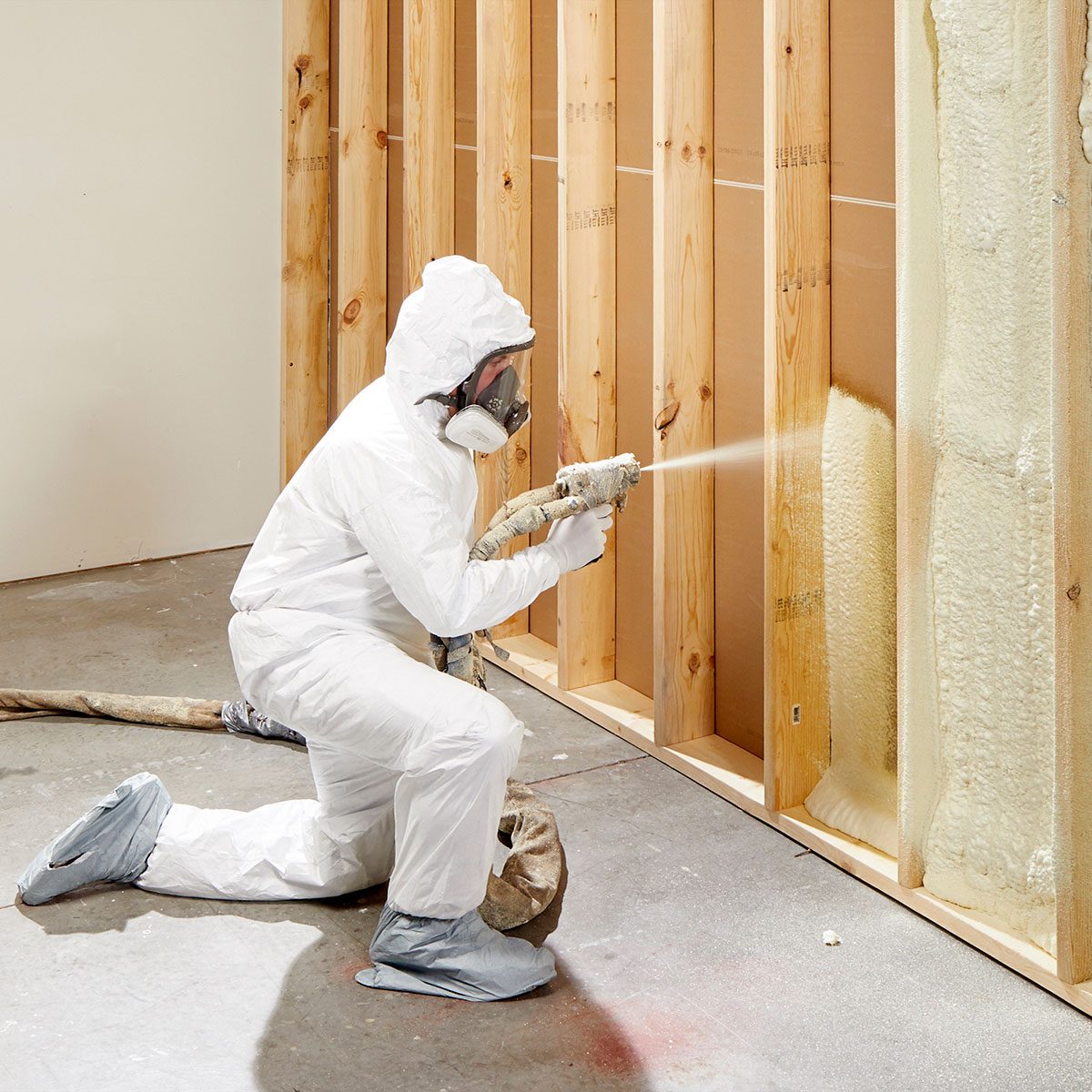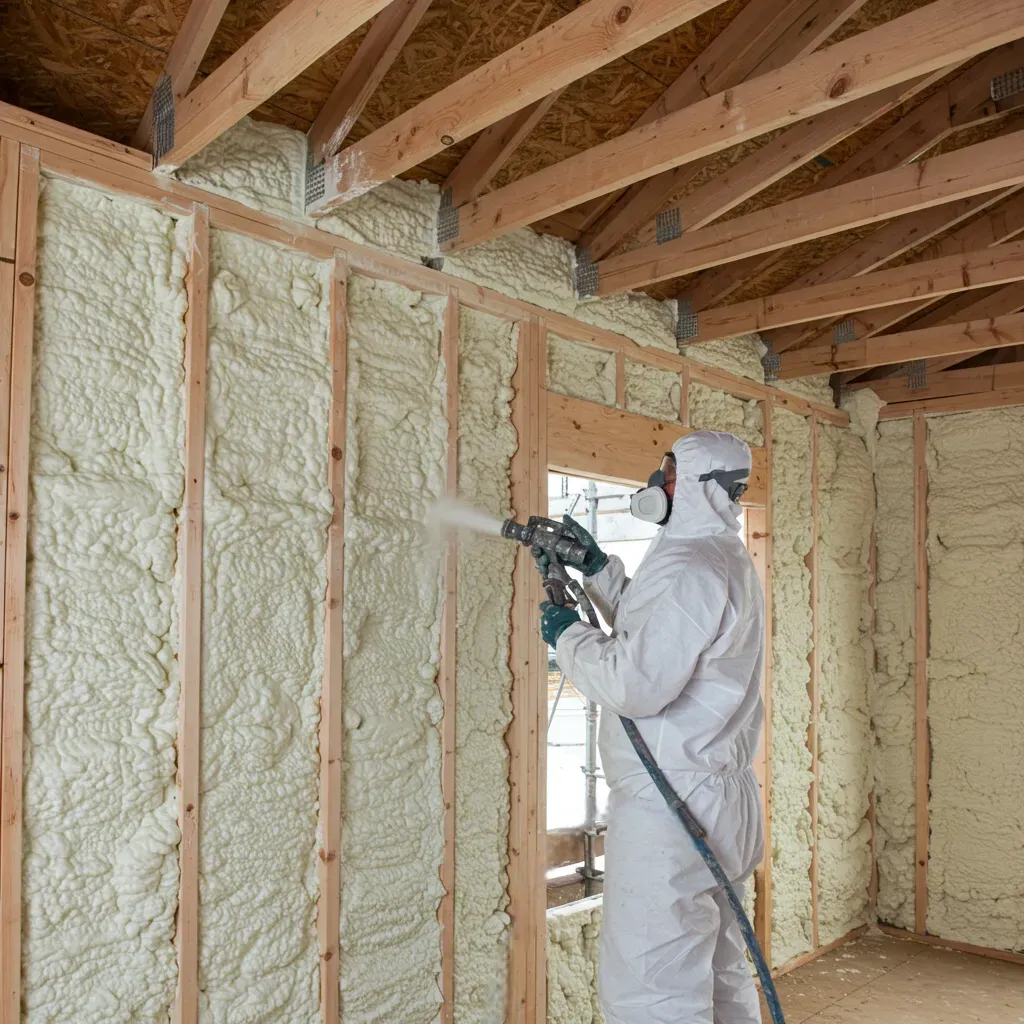Spray foam insulation solutions in Burien, WA are the cornerstone of energy-efficient home construction With its superior sealing capability, moisture resistance, and long-term R-value retention, it outperforms traditional insulation types in the Pacific Northwest’s damp, temperate climate. For Burien homeowners and builders looking to achieve lasting energy performance and reduce environmental impact, spray foam offers a proven, high-performance solution.
This article provides in-depth guidance on spray foam insulation, focusing on local climate challenges, material performance data, and decision-making factors for sustainable home upgrades. The information is based on field-tested experience and aligns with best practices verified by energy efficiency standards and building science experts.
Why Spray Foam Works in Burien’s Climate
Burien, located near Puget Sound, faces a unique mix of marine air, persistent moisture, and variable temperatures. These conditions demand insulation that can resist water intrusion, reduce air exchange, and maintain consistent thermal performance over time. Spray foam delivers on all fronts.
Performance Characteristics in Coastal Pacific Northwest Environments
| Feature | Spray Foam Insulation | Fiberglass Batts | Cellulose Insulation |
| Moisture Resistance | Excellent | Poor | Moderate |
| Air Sealing Capability | High (air barrier) | Low | Low |
| R-Value per Inch | 6.0–7.0 (Closed-Cell) | 2.9–3.8 | 3.2–3.8 |
| Mold and Mildew Resistance | High | Low | Moderate |
| Durability | 20+ Years | 10–15 Years | 15–20 Years |
Bonus Tip: Closed-cell foam resists vapor drive, making it ideal for Burien’s rain-heavy winters. Use it in crawl spaces, basements, and exterior walls.
How Spray Foam Enhances Long-Term Home Sustainability
Spray foam doesn’t just insulate—it creates a complete thermal envelope. This envelope reduces reliance on HVAC systems, cuts utility bills, and stabilizes indoor temperatures. Unlike batt insulation, which can sag or degrade in moist environments, spray foam retains form and function for decades.
Key Technical Specs
| Specification | Open-Cell Spray Foam | Closed-Cell Spray Foam |
| Density | 0.5 lb/ft³ | 2.0 lb/ft³ |
| R-Value per Inch | ~3.5 | ~6.5 |
| Vapor Retarder? | No | Yes |
| Air Barrier at 1” Thick? | Yes | Yes |
| Perm Rating at 1” | 10–15 perms | <1 perm |
| Water Absorption | High | Low |
Source: Building Science Corporation, National Renewable Energy Laboratory (NREL)
Bonus Tip: For homes near Puget Sound or on sloped lots, apply closed-cell foam in basement walls and rim joists to prevent moisture infiltration and structural dampness.
Practical Considerations for Sustainable Insulation Upgrades
Not every insulation choice offers long-term value. Spray foam stands out due to its adaptability to complex framing, durability under moisture exposure, and compatibility with both retrofit and new construction.
Things to Consider Before Making a Decision
- Home Age and Construction Type: Older homes in Burien may have minimal cavity space or outdated framing—spray foam can conform to irregular structures and improve envelope performance.
- Local Code Requirements: Washington State Energy Code (WSEC) allows high-performance materials like closed-cell foam to meet or exceed U-factor targets in tight wall assemblies.
- Budget and Payback: While spray foam has higher upfront costs, energy savings of 15%–30% annually (U.S. DOE, 2024) provide a solid return over time.
- Ventilation Needs: Airtight homes require controlled ventilation. Consider ERVs or HRVs to maintain indoor air quality after foam installation.
Choosing the Right Application Type
Spray foam is not one-size-fits-all. Selection depends on location within the home, budget constraints, and long-term performance goals.
Comparison of Application Areas
| Application Area | Recommended Foam Type | Key Benefits |
| Attics | Open-Cell | Sound absorption, budget-friendly |
| Exterior Walls | Closed-Cell | Moisture barrier, structural aid |
| Crawl Spaces | Closed-Cell | Resists ground moisture, vapor seal |
| Garages | Open-Cell or Closed | Flexible based on exposure |
| Foundations | Closed-Cell | High compression strength |
Common Questions About Spray Foam in Burien Homes
- Is spray foam suitable for rainy weather installs?
Yes. Installers monitor humidity and surface temperature. Closed-cell foam can be applied in cooler, damp climates with proper surface prep.
- Can it be installed in older homes without gutting walls?
Yes. Access holes can be drilled for injection in retrofits, minimizing demolition.
- Does it expand enough to fill gaps in irregular framing?
Open-cell foam expands 100x and seals minor framing inconsistencies. Closed-cell expands less but bonds tightly.
- Is it safe for indoor air quality?
Once cured, foam is inert. Ventilation during and after install ensures safety.
Bonus Tip: Always wait 24–48 hours post-installation before reoccupying the home to allow off-gassing to complete fully.
Key Services for Energy-Efficient Home Insulation
Residential Insulation
Optimizes energy performance in primary living spaces using high-efficiency materials tailored to framing and climate conditions.
Commercial Insulation
Engineered for building envelopes in office, retail, and mixed-use spaces. Supports code compliance and energy benchmarking.
Open-Cell Spray Foam
Lightweight and flexible. Ideal for interior applications where soundproofing and budget are priorities.
Closed-Cell Spray Foam
Dense, vapor-resistant, and structurally supportive. Best for moisture-prone or exterior-facing assemblies.
Attic Insulation
Enhances thermal protection at the top of the envelope. Reduces heat gain/loss and improves HVAC efficiency.
Spray Foam Roofing
Seamless roof system that insulates and seals simultaneously. Extends roof lifespan and reduces cooling loads.
Wall Insulation
High-performance solutions for new and retrofit wall assemblies. Maintains consistent indoor comfort.
Exterior Insulation
Installed over structural sheathing to reduce thermal bridging. Improves whole-wall R-values significantly.
Foundation Insulation
Protects below-grade spaces from ground moisture and temperature shifts. Reduces heating loss in winter.
FAQ About Long-Term Use and Optimization
How long does spray foam insulation last?
Properly installed spray foam can last over 30 years without degradation. Closed-cell foam especially resists compression, water intrusion, and settling.
Can foam insulation help with noise control?
Yes. Open-cell foam dampens airborne sound effectively, particularly in shared interior walls and ceilings.
Is there a risk of over-sealing the home?
Yes, but this is mitigated by integrating balanced mechanical ventilation. Modern building codes require it in airtight homes.
How do I maintain spray foam insulation?
Minimal maintenance is needed. Periodic inspections for physical damage or water exposure in vulnerable areas are sufficient.
Can spray foam help increase property value?
Yes. Energy-efficient upgrades such as spray foam can increase resale value, reduce inspection red flags, and attract eco-conscious buyers.
Ready to Achieve Year-Round Energy Savings?
Spray foam insulation is not just another product—it’s a high-impact system that transforms Burien homes into resilient, energy-smart spaces. Apply these insights now: schedule your expert insulation consultation with Cascadia Spray Foam of Seattle. Discover the difference in thermal comfort, moisture control, and environmental performance.
Contact:
Cascadia Spray Foam of Seattle
📞 (425) 386-3500
📧 [email protected]
Reviewer: Olivia Thompson has spent 10 years working in spray foam insulation, helping companies grow their visibility. She reviewed this article and provided valuable suggestions on how to better align the content with the needs and expectations of customers, ensuring it resonates with the target audience.

